Last Updated April 29, 2022
Are Nano Surface Primers polishes? This is a question we’re asked often. The fact is, although they have some similarities, Nano Surface Primers are more primer than polish — hence the name. But what is the difference between primers and polishes? What makes NSPs more on the primer side of things? We’ll break it all down below.
Defining Polish, Defining Primer
At the most basic level, the difference between polish and primer is:
- Primers add material
- Polishes remove material
Conventional primers add a film of material optimized to durably bond with the forthcoming ceramic coating. Typically they have anchor points to maximize adhesion. They add thickness to limit the amount of layers needed for a durable coat. Finally, they also provide more protection for the surface against the elements. Typically, primers are all about adding material to improve bonding; they don’t remove defects.
Polishes, on the other hand, remove material to smooth for amplified specular reflection. Applied by hand or by machine, polishes shave off miniscule amounts of clear coat, often using tiny abrasive particles to achieve this end. Polishes seek only to smooth and shine paintwork; they’re unconcerned with what you do with the surface after.
Now, if you’ve read anything about Nano Surface Primers, you’ll immediately recognize all of these features as things they can do. So where does that leave them, category wise? Well, they may just be in a category all their own.
Categorizing NSPs
To truly categorize Nano Surface Primers, we need to better understand what their ultimate goal is. The goal of most polishes is solely defect removal; their aim is aesthetic, with no regard to what’s protecting the polished surface after. The goal of a primer, on the other hand, is all about preparing paint for coating. Nano Surface Primers have elements of both, but ultimately their goal is to prepare paintwork for coating.
This is why Nano Surface Primers are not polishes. Yes, they remove defects, but they do so as a function of the priming process. Whereas polishes sought only to perfect paint and often acted in opposition to the priming step (See our article on silicone oils and organic contamination), Nano Surface Primers integrate paintwork correction into the priming procedure.
This makes them not quite like your average primer, of course. That’s why NSPs are called something entirely different: “Active Primers”.
Defining Active Primers
Nano Surface Primers are “Active Primers”, a new category of primer that include an abrasive element to remove defects in preparation for ceramic coating. Conventional primers are passive, only adding a primed film to the paint substrate. Active Primers, on the other hand, physically act upon the substrate, correcting defects to prime in tandem with the film build.
So, to recap, here’s the new terminology breakdown:
- Polish: Removes paint to smooth out defects.
- Primer: Adds a film optimized to bond with the coating.
- Active Primer: Removes paint to smooth out defects and replaces it with a film optimized to bond with coating.
Why This Is Good For Coatings
The separation of correction and priming is part of the reason why polishes are so dated. Because they’ve been agnostic about the protection that follows after, they’ve had no reason to make polishes work for coatings. But when you integrate the correction and priming steps, like NSPs do, ceramic coatings become easier to apply and more durable. To learn more about how NSPs make coatings stronger and easier to apply, read our past blogs on the topic.

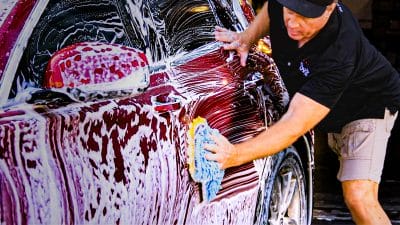


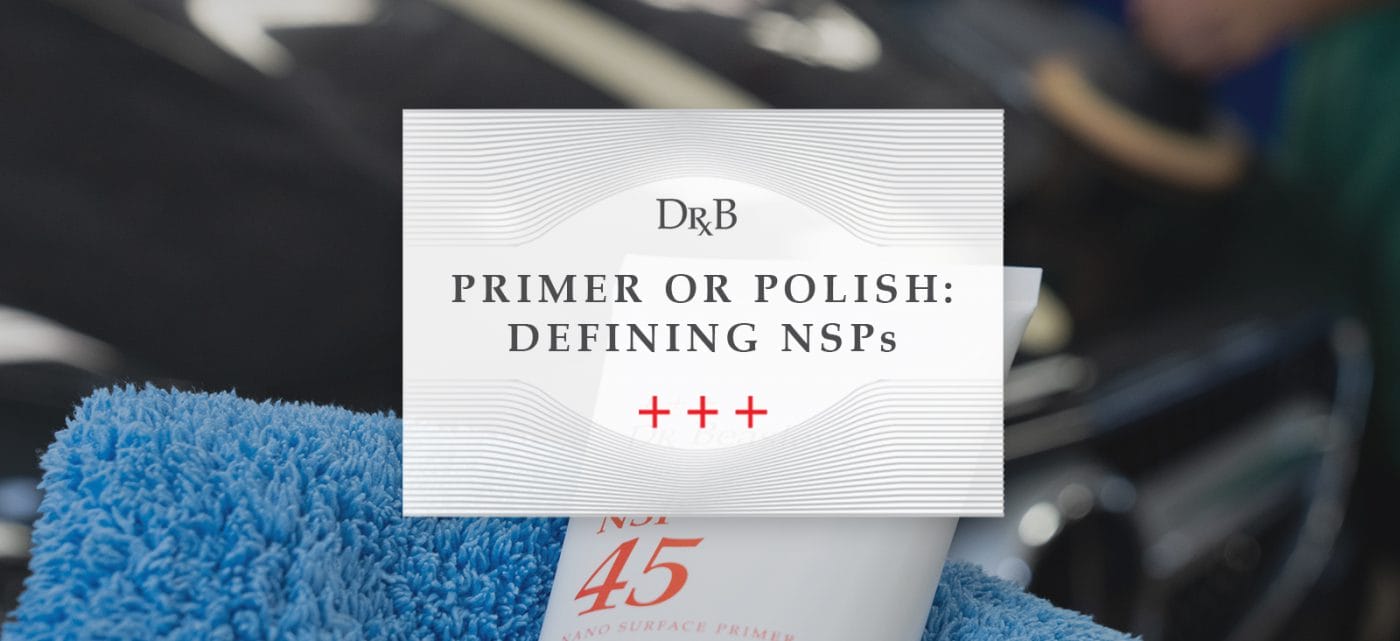

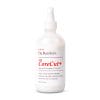
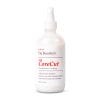
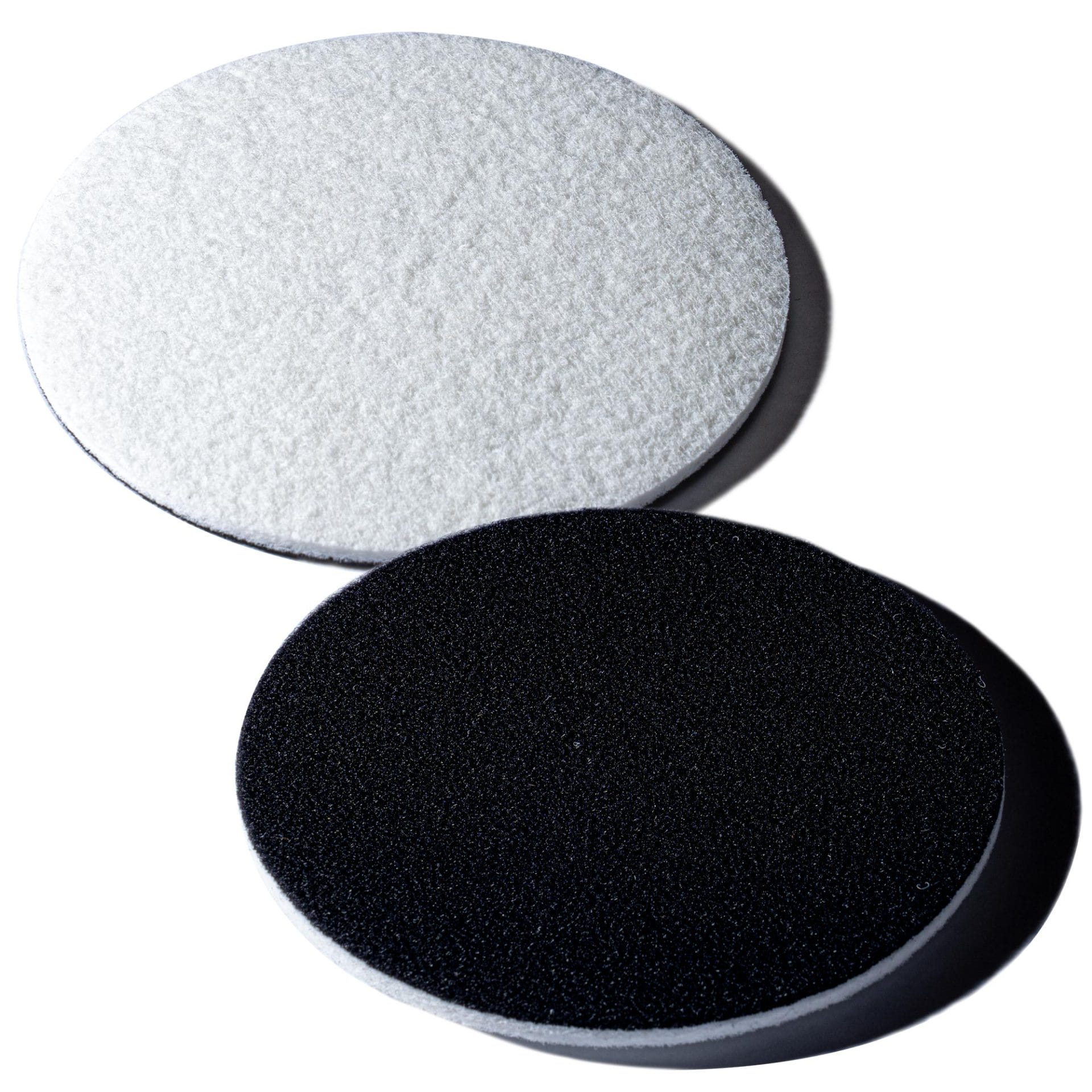


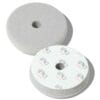
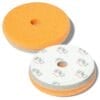
Questions? Comments?
Email Us